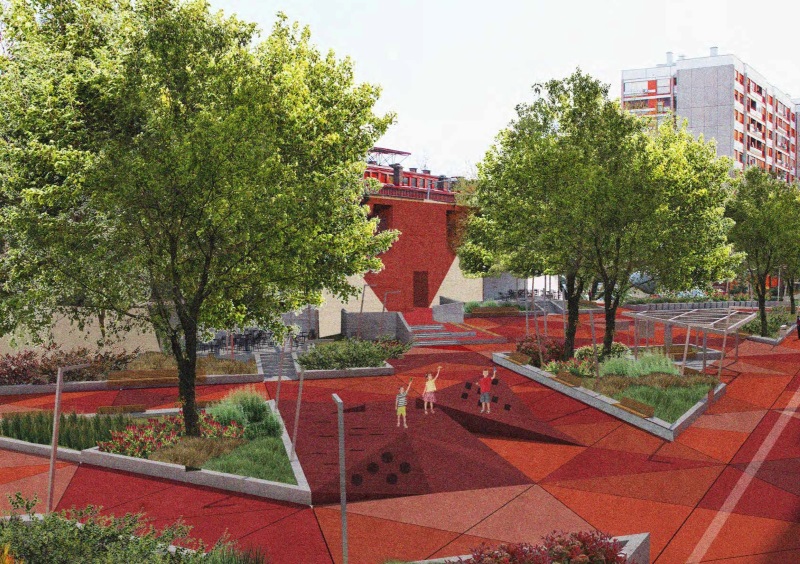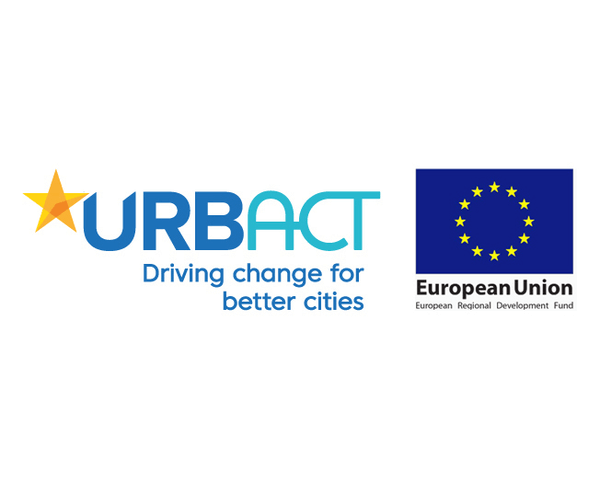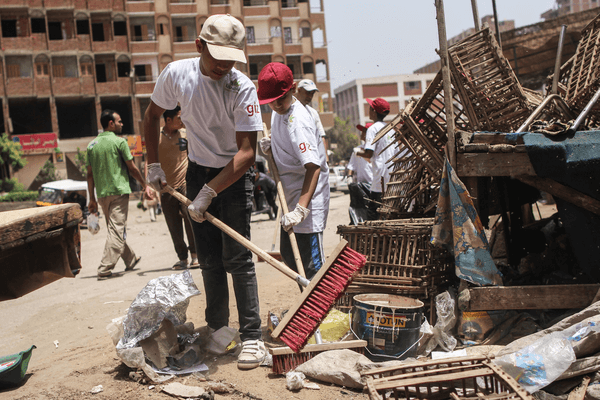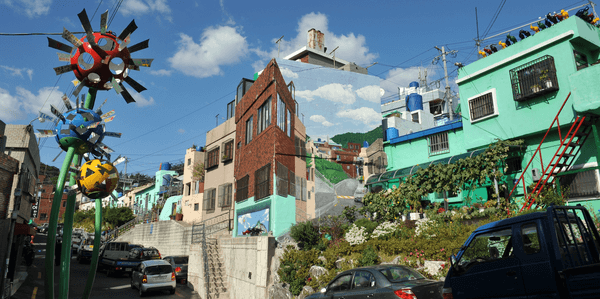
City
Zagreb
Main actors
City Government, Private Sector, Community / Citizen Group, Research Institutes / Universities
Project area
Whole City/Administrative Region
Duration
Ongoing since 2015
Through the introduction of innovative methods, the city of Zagreb is revitalising existing public spaces and improving recreation, leisure and social cohesion for citizens.
The Zagreb for Me project was launched in 2015 by the Zagreb Society of Architects, the Faculty of Architecture at the University of Zagreb and the City of Zagreb. The project fosters collaboration between city officers, citizens, academics and business, encourages discussion and the exchange of ideas, improves existing processes and creates new jobs. The project encompasses the revitalisation of public spaces through the realization of 17 urban interventions at the same time. This distributed approach will improve the general image of the city and raise the quality of life for citizens.
URBACT Good Practice Label
This project was awarded the 'URBACT Good Practice Label' in 2017.
On Map
The Map will be displayed after accepting cookie policy



